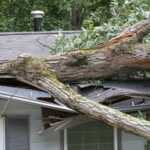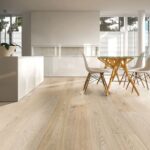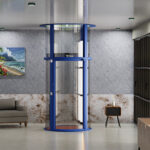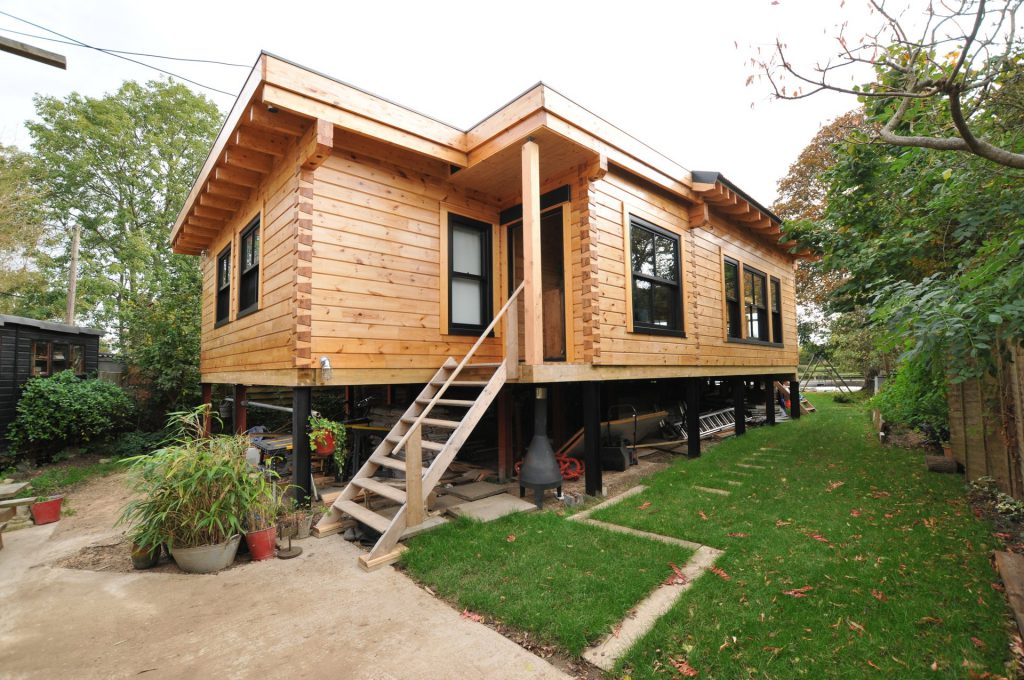Log cabins have long been cherished for their rustic charm and connection to nature. With growing awareness of climate change and the need for sustainable living, more homeowners in the UK are seeking eco-friendly ways to build their dream log cabin. By using sustainable materials and adopting green building techniques, you can create a log cabin that not only blends harmoniously with the natural environment but also minimises its impact on the planet.
In this blog, we’ll explore the essential materials and methods for building a sustainable log cabin in the UK.
1. Choosing Sustainable Timber
The cornerstone of any log cabin is the wood used in its construction. However, not all timber is created equal when it comes to sustainability. To ensure your log cabin is eco-friendly, sourcing timber responsibly is critical.
- FSC-Certified Wood: When selecting timber, look for the Forest Stewardship Council (FSC) certification. This label guarantees that the wood has been sourced from sustainably managed forests where environmental, social, and economic standards are strictly upheld. Using FSC-certified timber helps to preserve forests and supports biodiversity.
- Locally Sourced Timber: Reducing the carbon footprint of your log cabin can be achieved by choosing locally sourced wood. In the UK, there are several native hardwoods, such as oak, beech, and chestnut, that are not only durable but also grown sustainably. By opting for local timber, you cut down on transportation emissions and support local forestry practices.
- Reclaimed Wood: Using reclaimed or recycled timber is another excellent way to build a sustainable log cabin. Reclaimed wood often has a beautiful, weathered look and helps reduce the demand for new logging, conserving forests. It can be sourced from old barns, shipping pallets, or demolition sites.
2. Energy-Efficient Design
An eco-friendly log cabin is not just about the materials used but also the design of the structure. Proper planning can significantly reduce the energy consumption required for heating, cooling, and lighting the cabin, making it more energy-efficient and sustainable.
- Orientation: Positioning your log cabin correctly can have a major impact on its energy efficiency. In the UK, orienting the cabin so that its main windows face south maximises natural sunlight and reduces the need for artificial lighting during the day. In the colder months, this orientation can also help to passively heat your cabin by capturing warmth from the sun.
- Natural Ventilation: Incorporate designs that allow for natural ventilation, such as windows that open on opposite sides of the cabin. This creates airflow that helps cool the interior in summer, reducing the need for energy-intensive cooling systems.
- Green Roofs: A green or living roof is a fantastic way to improve insulation, manage rainwater, and enhance biodiversity. By covering the roof with plants, you not only create an extra layer of insulation but also promote wildlife by providing a habitat for birds, bees, and insects.
3. Eco-Friendly Insulation
Insulating your log cabin is crucial to maintaining a comfortable temperature year-round, particularly in the UK’s varied climate. Eco-friendly insulation options can provide thermal efficiency while being kinder to the environment.
- Sheep’s Wool: As a natural and renewable resource, sheep’s wool is an excellent insulator. It’s highly effective at regulating temperature and moisture, making it perfect for UK weather conditions. Wool is also biodegradable and has a much lower environmental impact than synthetic insulation materials like foam or fibreglass.
- Hemp Insulation: Hemp is another sustainable material growing in popularity for eco-friendly construction. It’s naturally resistant to mould and pests, provides good thermal insulation, and is carbon-negative, meaning it absorbs more carbon dioxide than it emits during its growth and processing.
- Wood Fibre Insulation: Made from leftover wood products, wood fibre insulation is renewable, biodegradable, and highly efficient at trapping heat in the winter and keeping your cabin cool in the summer.
4. Sustainable Foundations
Even the foundation of your log cabin can be built in an eco-conscious way. Traditional concrete foundations have a high carbon footprint, but there are greener alternatives available.
- Screw Pile Foundations: Screw piles are a low-impact alternative to concrete. These large metal screws are driven into the ground, providing a strong base for your log cabin without the need for extensive excavation or concrete. They can be installed quickly and removed or adjusted with minimal damage to the environment.
- Rammed Earth Foundations: Rammed earth is an ancient building technique where layers of natural soil and aggregate are compressed to create a strong, durable foundation. It uses minimal energy, produces little waste, and requires no chemicals or synthetic materials.
5. Renewable Energy Solutions
Powering your log cabin sustainably can drastically reduce its environmental impact. Installing renewable energy systems ensures that your cabin can operate off-grid or at least reduce reliance on non-renewable energy sources.
- Solar Panels: Solar energy is one of the most accessible forms of renewable energy in the UK. By installing solar panels on your log cabin’s roof, you can generate electricity for lighting, heating, and powering appliances. Advances in solar technology mean that even in the UK’s less sunny regions, solar panels can still produce significant energy.
- Wind Turbines: If your log cabin is located in a rural or coastal area with consistent wind, small-scale wind turbines can be a great renewable energy option. Wind turbines convert kinetic energy into electricity, making them a reliable source of clean energy for off-grid cabins.
- Ground Source Heat Pumps: These systems extract heat from the ground and use it to warm your log cabin efficiently. While the initial installation can be costly, ground source heat pumps are highly energy-efficient, reducing both energy bills and environmental impact over time.
6. Eco-Friendly Finishes
The finishing touches on your log cabin, such as paints, stains, and varnishes, can also be sustainable. Conventional products often contain harmful chemicals and VOCs (volatile organic compounds) that release toxic emissions into the environment. Luckily, there are eco-friendly alternatives.
- Non-Toxic Paints and Stains: Look for low-VOC or VOC-free paints and wood stains that are made from natural ingredients. These products are much safer for both your health and the environment.
- Natural Oils and Waxes: When finishing wood surfaces inside your log cabin, opt for natural oils like linseed or tung oil. These provide a protective, breathable finish that enhances the natural beauty of the wood without the use of harsh chemicals.
7. Water Management Systems
Water conservation is another key element in sustainable living. Incorporating water management systems in your log cabin can reduce your reliance on mains water and minimise waste.
- Rainwater Harvesting: Installing a rainwater harvesting system allows you to collect and store rainwater for use in your log cabin. This water can be filtered and used for non-drinking purposes such as irrigation, flushing toilets, or even showering, reducing your dependence on mains water.
- Greywater Recycling: Greywater systems collect water from sinks, showers, and washing machines, treat it, and reuse it for things like irrigation or toilet flushing. It’s an effective way to reduce water waste and lower your cabin’s overall water consumption.
Building a sustainable log cabin in the UK is an exciting and rewarding endeavour. By carefully selecting eco-friendly materials, incorporating energy-efficient designs, and embracing renewable technologies, you can create a log cabin that is not only beautiful but also kind to the planet.
Whether you’re using FSC-certified wood, installing solar panels, or insulating with natural materials like sheep’s wool or hemp, every choice you make brings you closer to a sustainable and environmentally responsible home. In doing so, you’ll enjoy the tranquillity of your log cabin while knowing you’re making a positive impact on the world around you.










